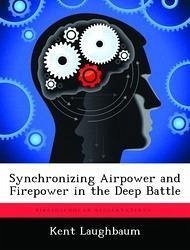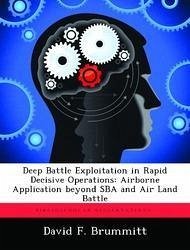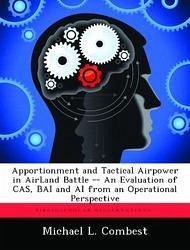Nicht lieferbar

Synchronizing Airpower and Firepower in the Deep Battle
Versandkostenfrei!
Nicht lieferbar
Deep battle was formally introduced to US warfighters through the Army's AirLand Battle doctrine during the early 1980's. The initial purpose for the deep battle, as envisioned by Air Force and Army leaders, was to delay and weaken Soviet second and follow-on echelons during a European conventional war. Within the AirLand Battle construct, the Air Force had the responsibility for synchronizing deep operations, and planned to employ air interdiction against Soviet maneuver forces to set the conditions for victory in the decisive close battle. The fire support coordination line, normally positio...
Deep battle was formally introduced to US warfighters through the Army's AirLand Battle doctrine during the early 1980's. The initial purpose for the deep battle, as envisioned by Air Force and Army leaders, was to delay and weaken Soviet second and follow-on echelons during a European conventional war. Within the AirLand Battle construct, the Air Force had the responsibility for synchronizing deep operations, and planned to employ air interdiction against Soviet maneuver forces to set the conditions for victory in the decisive close battle. The fire support coordination line, normally positioned at field artillery maximum range from the FLOT, separated the Air Force's deep operations from the Army's close battle. During the late 1980's, the Army fielded a potent deep battle capability. Concurrently, Army doctrine assigned the ground forces commander the responsibility for synchronizing deep operations with the close battle - germinating the seeds of conflict with the Air Force over deep battle management. To better influence deep operations, the Army defined the FSCL as a permissive fire support coordination measure and also extended the range of fire support coordination line from the FLOT.












